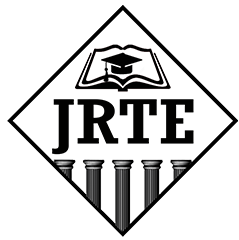Downloads
Superconductivity is one of the most amazing phenomena in condensed matter physics. Initially, superconductivity was limited to low temperatures, but research has since developed to find High Temperature Superconductors (HTSC). Among these, cuprates have had a remarkable impact. These cuprates were first identified as semiconductor materials and later found to exhibit superconducting properties. In this paper, we discuss the chemical structure of cuprate superconductors, briefly outline their behavior, and review the theories proposed to explain their properties. These include the BCS theory, the t-J model, the Hubbard model, and a novel theory that explains superconductivity using Heitler-London centers.
Written by JRTE
ISSN
2714-1837
| M | T | W | T | F | S | S |
|---|---|---|---|---|---|---|
| 1 | 2 | 3 | 4 | 5 | 6 | 7 |
| 8 | 9 | 10 | 11 | 12 | 13 | 14 |
| 15 | 16 | 17 | 18 | 19 | 20 | 21 |
| 22 | 23 | 24 | 25 | 26 | 27 | 28 |
| 29 | 30 | 31 | ||||
Our Visitors






 Users Today : 74
Users Today : 74 Total Users : 46165
Total Users : 46165 Views Today : 95
Views Today : 95 Total views : 109481
Total views : 109481 Who's Online : 1
Who's Online : 1 Your IP Address : 216.73.216.15
Your IP Address : 216.73.216.15

